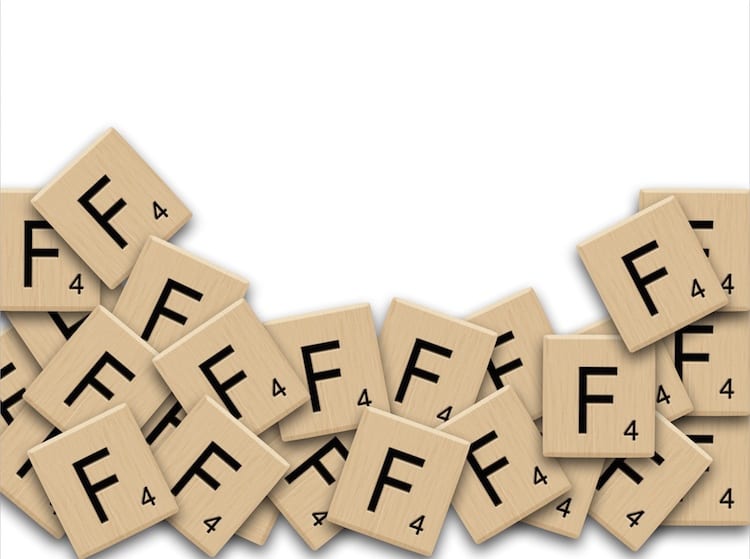Funtabulously Frivolous Friday Five 234
Just when you thought your brain could unwind on a Friday, you realise that it would rather be challenged with some good old fashioned medical trivia FFFF, introducing the Funtabulously Frivolous Friday Five 234
Question 1
What is Stabler sign?
Reveal the funtabulous answer
Stabler sign: Non-traumatic abdominal skin ecchymosis in the inguinal-pubic area associated with intra-abdominal haemorrhage, originally described in ectopic pregnancy
Francis (Frank) Edward Stabler (1902 – 1967) published his paper in 1934, titled ‘A case showing Cullen’s sign‘ concerning a patient presenting with an ectopic pregnancy: with left illiac fossa pain of fourteen days duration and ilioinguinal ‘bruising’, 7 weeks post last menstrual period. This was 16 years after Thomas Stephen Cullen has published his work.
Initially described as an inguinal-pubic extension of the peri-umbilical ecchymosis of Cullen sign. Further cases of bruising to the inguinal-pubic area reported with AAA rupture and acute hemorrhagic pancreatitis.
Although rare, this sign has most commonly been identified in neonates secondary to adrenal hemorrhage. This is associated with obstetric injury, perinatal hypoxia, and sepsis [Urology. 2002 Apr;59(4):601]. Rarely, it may be due to ruptured neuroblastoma.
- Eponymythology – Atraumatic Abdominal Ecchymosis
Question 2
What infectious disease can been seen on an X-ray or ultrasound as a ‘water-lily’ sign?
Reveal the funtabulous answer
Hydatid infection.
Caused from the larval stage of a small tapeworm of dogs (Echinococcus granulosus).
20% of cysts develop in the lungs and most are asymptomatic, although if they rupture into a bronchus a patient can complain of tasting salty water.
A collapsed cyst’s membrane gives the appearance of a water lily on imaging. [Gwee A et al. The water lily sign. J Pediatr. 2013 Jun;162(6):1294]
Question 3
In acute appendicitis, palpation of the left lower quadrant may elicit pain in the right lower quadrant. If this occurs, it is said to be a positive Rovsing sign.
This is commonly taught to be attributable to eliciting peritoneal irritation, however, Rovsing’s original description and intention was quite different, what was his original idea?
Reveal the funtabulous answer
Niels Thorkild Rovsing (1862-1927) was a Danish surgeon. He originally described the manoeuvre as an attempt to distend the caecum and appendix by applying pressure to the left colon, in an anti-peristaltic fashion. Rovsing described the manoeuvre in his 1907 paper:
I press with my right hand onto the fingers of the left hand that is lying flat against the colon descendens and then let the hand glide up toward the splenic flexure…The entire method is based upon isolated rise of pressure within the colon.
1907 Rovsing sign
In doing this correctly, Rovsing suggests that if pain is elicited, then this isolates the source to the caecum or appendix, and rules out other structures in the right iliac fossa.
- Eponymythology – Appendicitis eponymous signs
- Rovsing, T. Indirektes Hervorrufen des typischen Schmerzes an McBurney’s Punkt. Ein Beitrag zur diagnostik der Appendicitis und Typhlitis. (Indirect cause of typical pain at McBurney’s point. A contribution to diagnosis of Appendicitis and Caecitis) Zentralblatt für Chirurgie, Leipzig, 1907, 34: 1257-1259
Question 4
What does a Trichotillomaniac need on his/her head?
Reveal the funtabulous answer
A wig
Trichotillomania (TTM) is is obsessive hair pulling
Coined by the french dermatologist Francois Henri Hallopeau in 1889. He also coined the word ‘antibiotique’ in 1871 to describe a substance opposed to the development of life long before Selman Waksman coined the term on the discovery of streptomycin
- Chamberlain SR, Menzies L, Sahakian BJ, Fineberg NA. Lifting the veil on trichotillomania. Am J Psychiatry. 2007 Apr;164(4):568-74.
Question 5
What did eating white ants (a delicacy) in Kenya do to six people in 1979?
Reveal the funtabulous answer
Gave them botulism. 5 of the 6 individuals died.
Actually termites and not ants, had been picked days before consumption in Nairobi. In fact the locals had eaten some of the termites fresh without any symptoms. 3 days later the rest of the termites were eaten but because they were stored in a polythene bag the anaerobic conditions were ideal for botulism growth and 5 patients developed flaccid paralysis while the 6th only had blurred vision.
Not able to test for botulism, two groups of mice were given the remaining termites, one group were pre-treated with anti-toxin and survived while all the other mice died.
- Nightingale KW, Ayim EN. Outbreak of botulism in Kenya after ingestion of white ants. Br Med J. 1980 Dec 20-27;281(6256):1682-3.
…and finally

FFFF
Funtabulously Frivolous Friday Five
Dr Neil Long BMBS FACEM FRCEM FRCPC. Emergency Physician at Kelowna hospital, British Columbia. Loves the misery of alpine climbing and working in austere environments (namely tertiary trauma centres). Supporter of FOAMed, lifelong education and trying to find that elusive peak performance.

